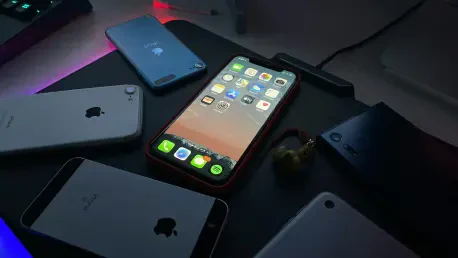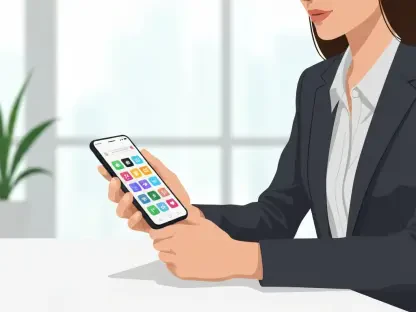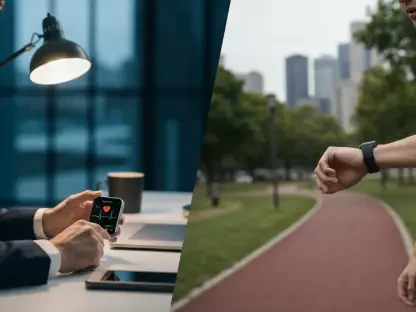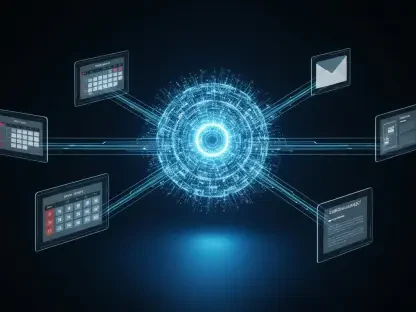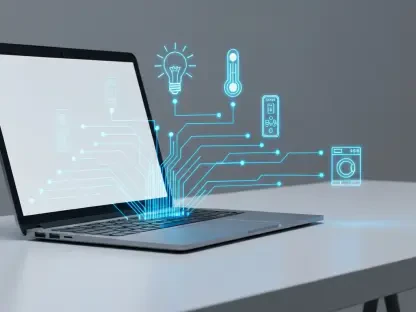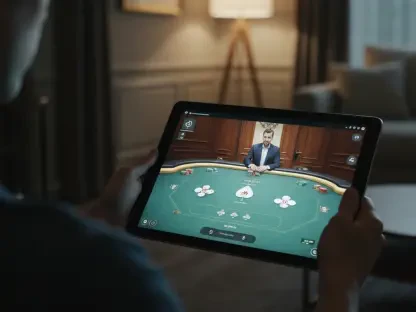Recent developments in Apple’s iOS 26 have captured the attention of the tech industry with the innovative Liquid Glass Design. This trend boasts a futuristic appeal by emulating the qualities of real glass, such as translucence and light refraction, aiming to revolutionize user interface aesthetics and functionality. As a design language, Liquid Glass has transformed the user experience, combining aesthetic beauty with practical improvements. The changes made in iOS 26 are an example of innovation tailored towards enhancing usability.
The Rise of Liquid Glass Design
Evolution and Adoption of Liquid Glass
Since its introduction, Liquid Glass has grown rapidly within the technology landscape, marked by a noticeable increase in adoption. Data showcases that major tech companies have eagerly integrated this design approach, enhancing the allure of their user interfaces. Industry analysts emphasize the surging excitement and engagement, pointing out that more platforms are embracing the unique visual appeal Liquid Glass offers. Its integration has facilitated an evolution in design, influencing an array of applications and electronic devices, leading the way for a visually richer user experience.
Real-World Applications and Innovations
Real-world applications of Liquid Glass design are diverse, finding their place in numerous innovations across different platforms. Prominent companies like Apple have implemented this design within flagship products, setting new benchmarks for visual aesthetics. Case studies reveal that brands adopting Liquid Glass not only enjoy heightened consumer interest but also improved user interaction, thanks to enhanced visual clarity and interface dynamics. These innovative practices have proven essential in distinguishing products within highly competitive markets.
Expert Insights on Liquid Glass Design
Insights from industry experts shed light on both the impact and challenges of implementing Liquid Glass in design. While Liquid Glass enriches visual appeal and user interaction, it has faced hurdles concerning interface readability, notably in early iterations of iOS 26. Specialists discuss potential long-term effects on user interface design, highlighting the need to balance aesthetics and functionality. They stress the importance of refining transparency levels to avoid visual clutter, which can undermine user efficiency.
Future Trajectories of Liquid Glass Design
Looking ahead, the future trajectories of Liquid Glass design suggest continued evolution and expansion within iOS and potentially beyond. The trend hints at broader implications for the tech industry, incorporating new opportunities for developers to create distinctive, visually engaging interfaces. However, there are challenges in perfecting this design language, primarily revolving around balancing visibility with aesthetics. The continued adjustment and development should lead to breakthroughs that further integrate Liquid Glass into a wide array of technological environments, fostering both innovation and harmony.
Conclusion and Call to Action
In conclusion, the analysis of Liquid Glass design illustrates its substantial impact on contemporary tech aesthetics and usability. The trend’s growth underscores the importance of staying informed about such innovations, as Liquid Glass is poised to influence future design standards across various tech specialties. The sophisticated design calls for further refinement and adaptation, encouraging developers and designers to consider its potential in crafting more intuitive and aesthetically pleasing user experiences. This leaves the industry at a pivotal moment where the next steps in Liquid Glass evolution could redefine user interface landscapes for years to come.
